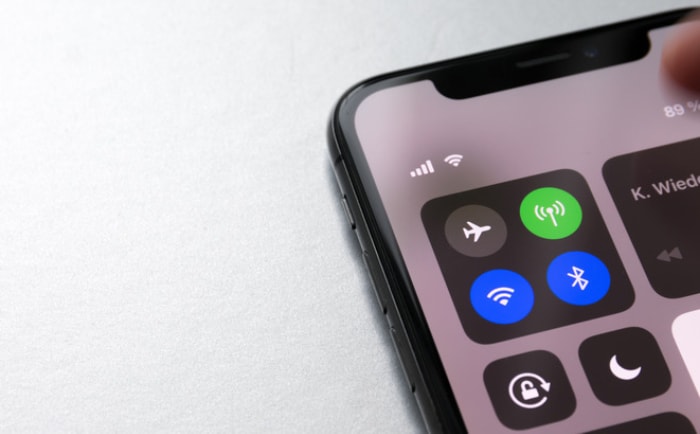How to Choose the Right Laptop: Match It to Your Needs
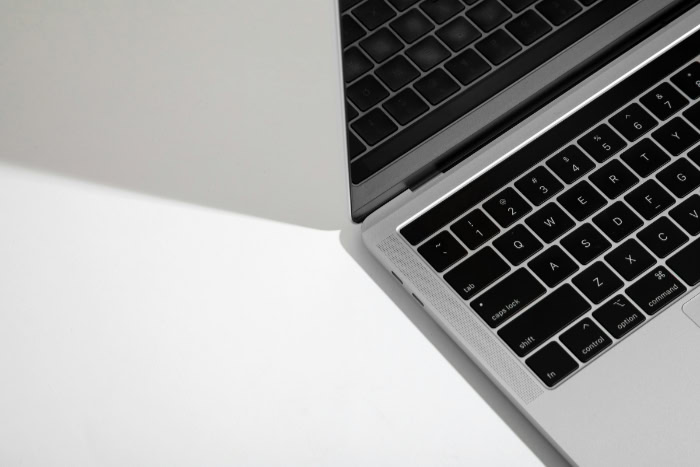
Finding the right laptop doesn’t have to be a confusing or overwhelming experience. With so many options on the market, it’s all about zeroing in on what truly matters to you.
Are you looking for something lightweight to carry to class or work? Or perhaps you need a performance-oriented machine for gaming or creative design? The ideal laptop should strike the perfect balance between meeting your requirements and staying within your budget.
Needs and Use Cases
Selecting the right laptop begins with having clarity about how you plan to use it. People often end up overpaying for features they don’t need or sacrificing important aspects for options that may seem appealing but offer little practical value.
Carefully evaluating your primary activities, portability preferences, and potential long-term demands can ensure that the laptop you choose is a perfect match for your lifestyle.
Identify Your Main Activities
The first step in narrowing down your options is recognizing what you’ll be doing most on your laptop. If you’re a gamer, a robust processor and a powerful dedicated graphics card will be your top priorities.
For professionals, the needs vary depending on the work involved. Intensive tasks like running virtual machines or handling large datasets require a high-performance CPU, sufficient RAM, and an SSD for faster data access.
On the other hand, students or casual users who browse the web, write reports, or stream videos can comfortably opt for affordable models designed for everyday tasks.
Creative professionals such as video editors, graphic designers, or 3D modelers should focus on laptops that offer a high-resolution display with good color accuracy, a reliable CPU, plenty of RAM, and a capable GPU for rendering. Similarly, if you value portability because you travel often for business or leisure, a lightweight and compact laptop should take priority to avoid the hassle of lugging around a heavy device.
Each activity has specific requirements, and defining yours will make choosing the right laptop far simpler.
Prioritize Portability vs. Performance
When choosing a laptop, portability and performance are often at odds with each other, so deciding which matters more to you is crucial. Lightweight and slim ultrabooks are an excellent choice for people who are always on the move.
They offer long battery life, sleek designs, and basic performance that easily handles tasks like document editing, web browsing, and video streaming.
If you’re someone who needs a laptop to replace a traditional desktop, higher performance often outweighs portability. These laptops tend to be larger, heavier, and equipped with more powerful hardware, making them perfect for tasks such as gaming, video editing, or running demanding software.
However, they may have shorter battery life and may not be ideal for carrying around frequently. Striking the right balance between these two aspects largely depends on how and where you plan to use your device most often.
Determine Long-Term Usage
Laptop needs can evolve over time, so it’s important to consider how your usage might change in the coming years. If you’re purchasing a laptop for current needs alone, you may find it struggling to keep up as software becomes more demanding or your workload grows.
Investing in features that offer flexibility and future-proofing, such as higher RAM capacity, a larger SSD, or a processor with the ability to handle multitasking efficiently, can save you money and frustration over the long run.
Creative professionals, students pursuing advanced degrees, or individuals whose hobbies or careers might shift toward more demanding activities should think about these future possibilities. For instance, someone currently studying graphic design might need a more advanced system if they later dive into video editing or 3D modeling.
Planning ahead ensures your laptop remains reliable and capable throughout its lifespan while saving you from needing an early replacement.
Technical Specifications
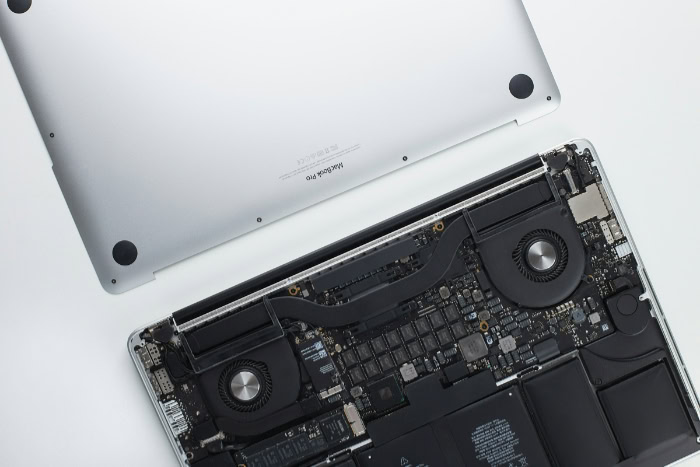
Technical specifications define how well a laptop performs and how effectively it can meet your needs. While these specs may seem intimidating at first, breaking them down into simple components makes it easier to determine what you truly require.
Factors like processing power, memory, storage, graphics capabilities, battery life, and display quality all play a part in shaping your experience.
Processor (CPU) and RAM
The processor, or CPU, acts as the brain of the laptop, handling most of its computational tasks. Depending on how you plan to use your laptop, choosing the right processor becomes crucial.
For more casual use like web browsing, streaming, or light office work, entry-level options from Intel's Core i3 or i5 lineup, or AMD's Ryzen 3 or 5 series, tend to be sufficient. However, users performing more demanding tasks such as video editing, 3D modeling, or heavy multitasking will benefit from high-performance processors like Intel's Core i7 or i9 and AMD's Ryzen 7 or 9.
These options provide faster speeds and better multitasking capabilities.
RAM, or memory, is another significant factor. It determines how many programs or tasks your laptop can handle simultaneously.
For basic needs, 8GB of RAM is typically enough to ensure smooth performance. Those involved in gaming, creative design, or specialized work should look for laptops with at least 16GB of RAM to handle resource-intensive software without lag.
Some laptops also offer upgradeable RAM options, which is worth considering if you imagine your requirements growing in the future.
Storage and Graphics
Storage affects how much data your laptop can hold and how quickly it can access that data. Modern laptops increasingly favor solid-state drives (SSDs) over hard disk drives (HDDs) due to their faster speeds, durability, and more compact size.
An SSD allows your laptop to boot up quickly and reduces loading times for programs. While 256GB of storage is sufficient for lighter users, individuals who store large files, such as videos or design projects, may want 512GB or more.
Hybrid setups that combine SSDs for speed and HDDs for additional capacity are another option for those who need large amounts of space.
Graphics capabilities, handled by the GPU (graphics processing unit), are particularly important for gaming, video editing, and rendering. Integrated graphics, which are built into the CPU, are fine for general tasks and light gaming.
However, users seeking high-performance visuals need a dedicated GPU. Options like NVIDIA's GeForce RTX series or AMD's Radeon RX series are designed to deliver smooth performance for graphically demanding programs and modern games.
Midrange GPUs can also strike a good balance if you're looking for solid performance without excessive costs.
Battery Life and Display
Battery life is a critical consideration, especially for those who frequently use their laptops while traveling or away from a power source. Portable laptops designed for mobile work often offer 8 or more hours of battery life, ensuring you can rely on them through a full day.
Heavier laptops with higher performance capabilities may sacrifice battery life for power, so it's essential to prioritize depending on how much time you'll spend away from an outlet.
The display affects how enjoyable and productive your overall experience will be. For general use, a Full HD (1080p) resolution works well, providing clear and vibrant visuals.
Creative professionals or people looking for sharper image quality may prefer a 4K display, which offers greater detail and color accuracy. The size of the display also plays a role in portability versus productivity.
Laptops with screen sizes between 13 and 15 inches strike a versatile balance, while those with larger screens, like 17 inches, are better suited for desk-oriented tasks. Opting for features like an anti-glare coating, higher brightness levels, or touch functionality can further enhance usability.
Budget and Value
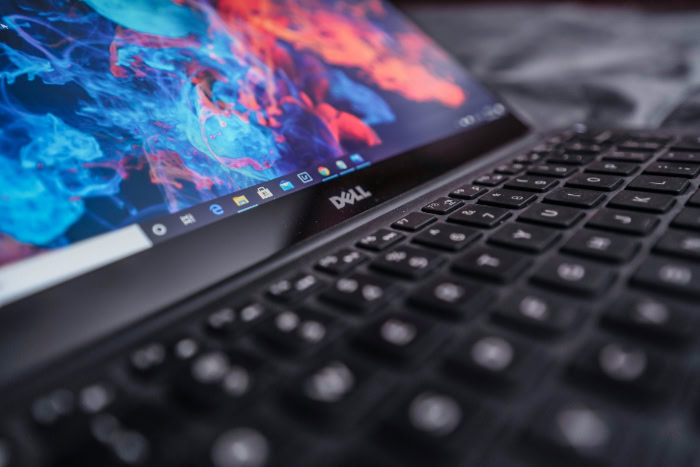
Budget plays a central role in the laptop purchasing process, as it determines the features, specifications, and overall quality you can realistically expect. A careful analysis of your budget, combined with focusing on what truly matters for your use, can help ensure your money is well spent.
Price Range Breakdown
Laptops come in varying price ranges, each of which caters to different levels of performance and functionality. Budget options, typically priced under $800, are suitable for everyday activities such as web browsing, video streaming, note-taking, or light productivity tasks.
These models often include mid-tier processors, 8GB of RAM, and smaller SSD storage options. While budget laptops may lack premium build quality and high-end performance, they provide solid functionality for those with basic requirements.
Mid-range laptops, which usually fall between $800 and $1,500, balance affordability and power. They’re ideal for professionals, students, and casual gamers who need reliable machines capable of handling multiple tasks or slightly more demanding software.
Laptops in this range often feature more powerful processors, improved graphics, 16GB of RAM, and larger SSDs, making them a versatile choice for regular use.
Premium laptops, priced above $1,500, are designed for intensive workloads, gaming, or creative tasks like video editing or 3D modeling. With high-end CPUs, advanced GPUs, ultra-high-resolution displays, and durable build materials, they deliver enhanced performance and an exceptional user experience.
While the cost might seem steep, premium devices are ideal for those needing top-tier technology and long-term reliability.
Avoid Overpaying for Unnecessary Features
Shoppers often get drawn to laptops with flashy features that may not add much value to their specific needs. For instance, casual users or students might feel tempted to purchase laptops with high-performance GPUs designed for gaming or rendering, even though integrated graphics would suffice for everyday activities.
Similarly, opting for storage upgrades like 1TB when 512GB is more than adequate can add unnecessary costs.
Prioritizing features that truly impact performance and usability makes the most sense. An SSD, for instance, is far more valuable than a larger but slower HDD.
Lightweight builds and touchscreens can enhance portability for those on the go, while gaming enthusiasts or creators should focus on higher refresh rates and color-accurate displays rather than additional bells and whistles. By identifying what's practical versus indulgent, you can keep costs aligned with your needs.
Seasonal Deals and Refurbished Options
Timing and alternative purchasing options can also play a significant role when it comes to getting the most out of your budget. Seasonal sales around major holidays or back-to-school periods often feature discounts on laptops across various brands.
Waiting for promotions can sometimes allow you to access better hardware for less money. Being flexible with your timing can make a big difference.
Refurbished laptops are another excellent way to save money while still obtaining high-quality devices. These models have typically been returned, inspected, and repaired (if necessary) by the manufacturer or retailer.
They often offer significant cost savings and come with warranties for added peace of mind. However, when purchasing refurbished, it’s important to verify the seller's credibility and the warranty period to minimize risks while securing reliability.
Design and Compatibility
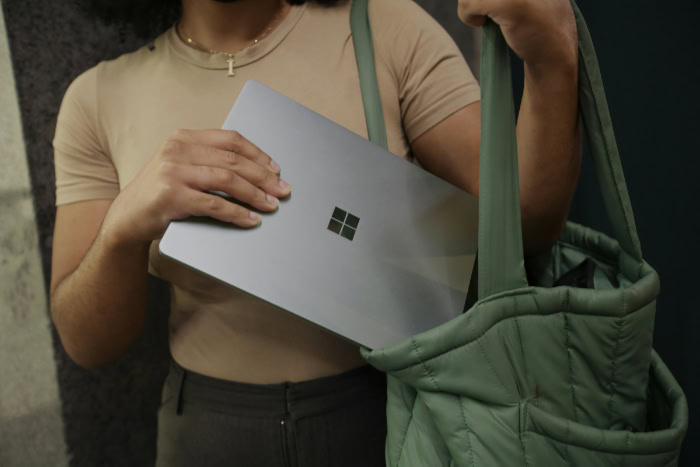
The design and build of a laptop are not just about aesthetics, they also impact usability, durability, and overall comfort. The choice of operating system and the ports or connectivity options available further determine how easily a device integrates into your workflow and personal preferences.
Form Factor and Build Quality
Laptops today come in a wide variety of form factors and build qualities, each catering to specific needs. Traditional clamshell laptops remain a great option for users who need a straightforward device for general tasks like writing, streaming, or office work.
For added versatility, 2-in-1 laptops can switch between laptop and tablet modes, offering more flexibility for note-taking, drawing, or presentations. They are especially appealing to students, professionals, or artists who prefer touchscreen functionality combined with the portability of a single device.
Build quality is another important factor to consider. Premium models often feature metal chassis, such as aluminum or magnesium alloy, which provide a more durable and polished finish.
These materials also tend to dissipate heat more effectively, improving overall performance. Entry-level or budget laptops generally come with plastic builds, which are lighter and more affordable but may lack the sturdiness of metal alternatives.
Those carrying their laptops frequently or subjecting them to rigorous use should prioritize quality materials and thoughtful engineering for long-term durability.
Operating System (OS) Choices
The operating system is one of the defining aspects of a laptop, as it shapes the user experience and determines software compatibility. Windows is the most versatile option, supporting a wide array of applications and hardware configurations.
It is an excellent choice for gaming, professional work, or users who need compatibility across different programs. Devices running Windows often provide a wide price range, making them accessible for both budget-conscious and premium buyers.
For those already within the Apple ecosystem, macOS offers unparalleled integration with other Apple devices such as iPhones, iPads, and Apple Watches. Its clean interface and optimized performance make it a popular choice for creative professionals like designers, video editors, and musicians.
However, macOS is exclusive to Apple’s MacBook line, which comes at a higher price point.
ChromeOS, found on Chromebooks, is ideal for users seeking simplicity and efficiency. It is centered around the Google ecosystem, with most functions relying on cloud storage and web-based applications.
Chromebooks are affordable, lightweight, and perfect for basic tasks like email, browsing, or streaming. While limited by their dependency on internet connectivity, they are an appealing option for students or users who value a minimalist setup.
Ports and Connectivity
Connectivity options remain a practical consideration when choosing the right laptop, especially if you frequently connect external devices like monitors, drives, or accessories. USB-C ports are now increasingly standard, offering faster data transfer speeds and flexibility for charging or connecting peripherals.
However, traditional ports like USB-A are still essential for compatibility with older devices. HDMI ports are particularly useful for connecting to external displays, whether for work presentations or gaming setups.
An SD card slot is another valuable feature for photographers or creators who work with large media files. Additionally, advanced wireless connectivity like Wi-Fi 6 ensures faster, more reliable internet connections, while Bluetooth compatibility allows for seamless integration with wireless headphones, mice, or keyboards.
Ensuring the laptop you choose has the ports and connectivity features you rely on can save you the hassle of purchasing extra adapters or dongles, keeping your setup efficient and streamlined.
Conclusion
Choosing the right laptop is all about striking a balance between your specific needs, budget, and long-term usability. Matching technical specifications, design, and features to what matters most in your daily tasks ensures a device that enhances productivity and fits your lifestyle, whether you're a student, gamer, creative professional, or casual user.
A carefully selected laptop not only meets your current requirements but also adapts to potential future demands.
Future-proofing your purchase by prioritizing solid build quality, adequate performance, and upgrade options can save time and money down the road. Similarly, ergonomic considerations, such as a comfortable keyboard, high-quality display, and lightweight design for portability, make a significant difference in how enjoyable and productive your laptop experience will be.
With clear priorities and thoughtful planning, finding a laptop that combines functionality, durability, and value becomes a smooth and rewarding process.

